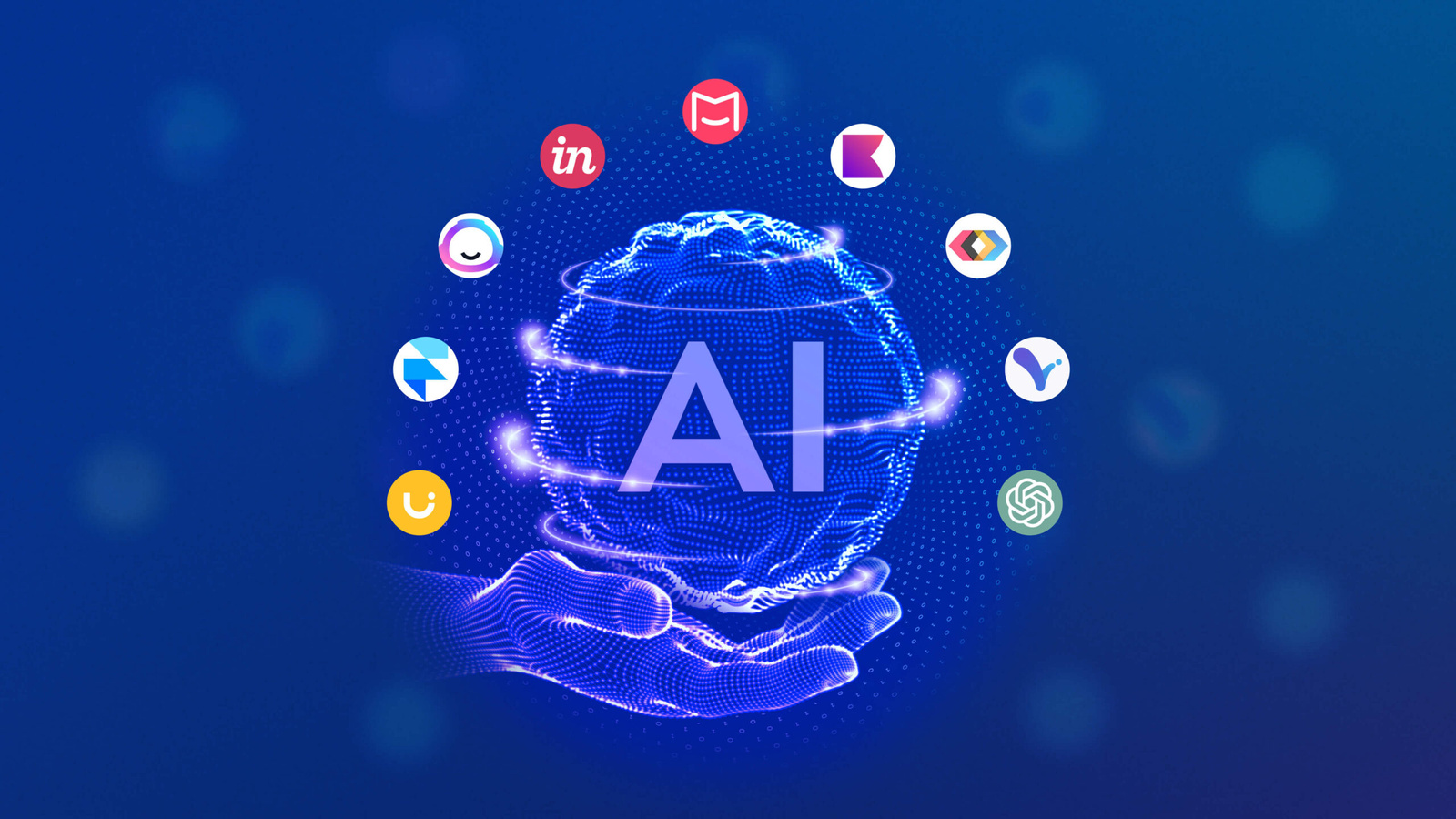
In 2025, the intersection of UX design and AI—particularly through tools like ChatGPT—is rapidly transforming how designers approach their craft. Here’s an overview of the latest developments

🔍 ChatGPT’s Role in UX Design
ChatGPT has become an invaluable asset for UX professionals, streamlining various aspects of the design process:
- Ideation & Brainstorming: Generating innovative design concepts and features based on user needs.
- User Research: Summarizing user feedback and identifying patterns to inform design decisions.
- Content Strategy: Crafting microcopy, UI text, and navigation labels that enhance user experience.
- Prototyping Assistance: Suggesting wireframes and user flows to expedite the design process.
By integrating ChatGPT into their workflows, designers can enhance efficiency and creativity, allowing more time for user-centric problem-solving.
🧠 The Emergence of the “Super Assistant”
OpenAI envisions ChatGPT evolving into a “super assistant,” deeply integrated into daily life
- Personalized Assistance: Understanding individual user contexts to provide tailored support across tasks.
- Hardware Integration: Collaborating with former Apple designer Jony Ive to develop a device that seamlessly blends AI into users’ environments.
This direction aims to redefine human-AI interaction, making it more intuitive and context-aware.
⚖️ Balancing AI and Human Creativity
While AI tools like ChatGPT offer significant advantages, there’s an ongoing discussion about maintaining the human touch in design:
- Augmentation, Not Replacement: AI serves as a collaborator, enhancing human creativity rather than replacing it.
- Ethical Considerations: Ensuring that AI-generated designs are inclusive and free from biases.
Designers are encouraged to use AI as a tool to amplify their skills, keeping user empathy and ethical standards at the forefront.

🧰 Practical Applications and Resources
For those looking to integrate ChatGPT into their UX workflows, several resources offer guidance
- Prompt Libraries: Collections of prompts tailored for UX tasks, such as user persona creation and usability testing.
- Case Studies: Analyses of ChatGPT’s impact on design processes, providing real-world insights.
- Specialized GPTs: Custom versions of ChatGPT focused on UI/UX design, offering domain-specific assistance.
These tools can help designers harness AI effectively, enhancing productivity and innovation.
AI Is Safest for Experienced UX Professionals
All UX professionals should use AI: it’s helpful at any level of seniority and for many tasks within the UX lifecycle (including research, design, and writing). (And our research shows that the majority of UX professionals already use it.)
An essential element in getting full value from AI is to include a heavy dose of human judgment in the workflow for three reasons.

Humans Must Select Ideas Suggested by AI
The AI’s ability to make ideation virtually free is invaluable: AI generates as many ideas as you want in no time. In contrast, human ideas require extensive effort to produce.
The flip side to infinite ideation is the increased need for curation. Not all ideas produced by AI will be useful. Humans need to winnow down the many of these to the few that bear further exploration and implementation. Picking the winner from a bunch of ideas requires judgment and knowledge. As a result, it’s best done by senior UX professionals, who have built up experience the old-fashioned way.
Hallucinations Can Be Convincing
The second reason for human judgment is to catch “hallucinations,” where the AI makes false assertions with great confidence. As long as the AI’s output is subjected to human review, hallucinations will not damage your results, but you must carefully watch out for them. While it’s mostly great that AI is a talented copywriter producing well-written and convincing text, its aptitude for good writing will fool inexperienced users into believing its expertise generalizes to everything else. Bad advice will appear to be the product of carefully considered analysis, as opposed to a hallucination emerging from the haze of an opium den.
Bias Lurks in Training Data
Current AI also exhibits some bias because it reflects its training data, which came mostly from the internet. While the internet contains plenty of good information, it also has unpleasant, inaccurate, and downright false information. This is true for the field of UX as much as for any other field — not all UX advice available online is good advice.
In addition, even good sources primarily reflect Western countries, particularly English-speaking cultures. This Western lens presents challenges, particularly for product teams that serve an international market. Taking Wikipedia as a simple proxy for the wider internet, here’s the number of words it contains in a few languages:
- English: 4.3 billion words across 6.7 million articles
- German: 1.5 billion words across 2.8 million articles
- Danish: 91 million words across 294 thousand articles
- Hindi: 55 million words across 159 thousand articles
- Swahili: 12 million words across 79 thousand articles
Tips for Junior UXers Getting Started with AI
You should experiment with using AI in your work even if you’re new to UX. However, you must be particularly careful in judging its output. Remember that generative AI is particularly good at crafting responses that sound reasonable and true, even when they are not.
Follow these tips to avoid making mistakes when using AI for UX work:
- Treat AI tools as a starting point. For example, UX is a field notoriously full of jargon. Generative-AI bots like ChatGPT can teach you about different UX terms, techniques, or tools.
- Ask for sources and links. Currently, most generative-AI bots don’t automatically cite their sources, but you can ask them to. Ask for links to those sources as well, and doublecheck the information provided. (Beware, he offered sources may be inaccurate or nonexistent — ChatGPT once cited a nonexistent NN/g employee when we asked for its sources.)
Recommended AI Tools
There are many AI tools, with even more coming on the market weekly. But in the beginning, keep it simple — ChatGPT and Midjourney are good starting points.







